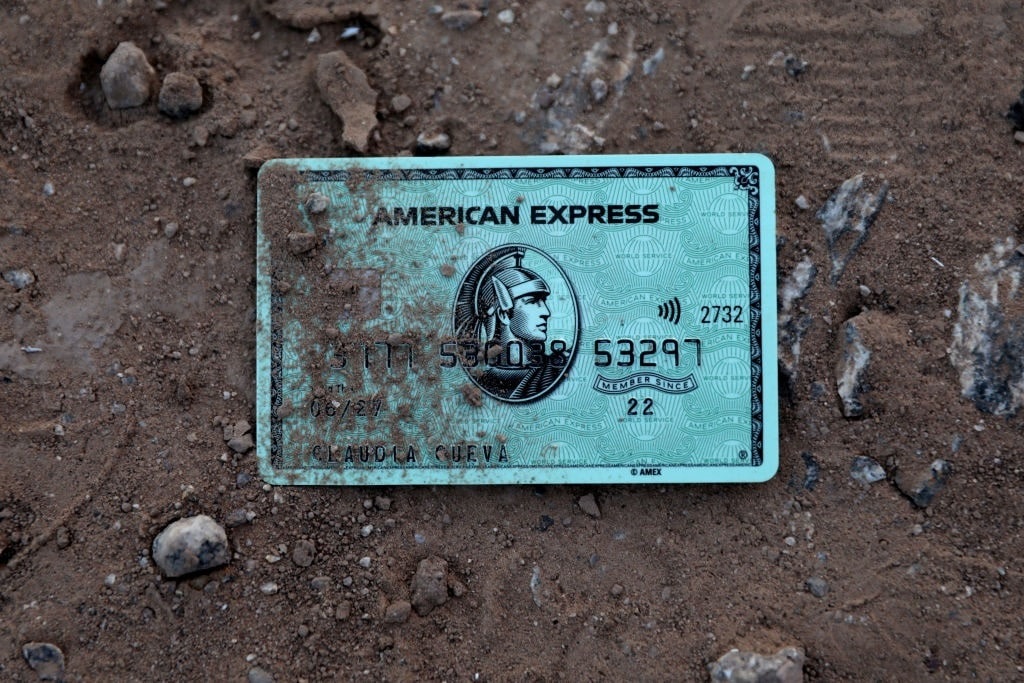Economists disagree with Main Street.
The term recession has been tossed around quite a lot over the last two years. The US economy briefly appeared to meet the traditional definition – back-to-back quarters of negative economic growth – in 2022, though the Biden administration and its allies in the press quickly altered the meaning of the word. Over the last 18 months, America has refrained from meeting the standards of a technical recession. Wall Street prognosticators, Ivory Tower economists, and White House officials say the country will likely engineer a “soft landing” and pave the way for a new era of stable growth and price stability. Based on an inventory of surveys, however, the American people disagree with the experts. Shocking indeed!
Recession Talk on Main Street
More than half (59%) of adults feel the US economy is in a recession, and two-thirds say the current economic climate has hurt their finances. These are the results of a new Bankrate survey on a broader article about the “silent recession.” This is not the only polling data to show that the wider public does not believe it is all sunshine, lollipops, and rainbows everywhere. An August CNN poll revealed that half the country thinks the economy is in a recession and conditions are deteriorating fast. A Morning Consult study this past spring suggests close to half believe the economy is in a downturn.

(Gary Coronado / Los Angeles Times via Getty Images)
Of course, this is in addition to the treasure trove of data highlighting a population that is exhausting emergency savings, skipping retirement funding efforts, using credit to pay for basic staples, and living paycheck to paycheck. The Federal Reserve Bank of New York’s premier Survey of Consumer Expectations depicts households saying their financial situation is worse off than a year ago and will be terrible a year from now.
Although much of the country is sour on the present environment, a chorus of economists and Washington insiders disagree with this perception, alluding to the gross domestic product and labor market. Indeed, the US economy recorded a gangbusters 5.2% print in the third quarter, and another 199,000 new jobs were created in November. What’s not to like?
Mark Hamrick, a Bankrate senior economic analyst, says a majority of folks are not evaluating the economy by assessing Bureau of Economic Analysis or Bureau of Labor Statistics data. “Most Americans aren’t looking at the economy in terms of the definition of recession that economists or business leaders would use. They look at the performance of the economy as they perceive it relative to their own personal situations,” he said in a report.
Is the ‘Silent Recession’ Real?
Federal Reserve forecasts for the fourth quarter and 2024 suggest anemic growth will be the norm, with projections ranging from 1% to 2.3%. This does not point to a recession climate. But what about this so-called silent recession and silent depression? The terms refer to the social media trends spotlighting scores of Americans struggling to make ends meet, keep their heads above water, and afford the basics. Be it X or TikTok, a library of video content shows households confessing their dire straits.
Perhaps the best way to describe today’s world is a cost-of-living crisis. Since 2021, cumulative inflation has been nearly 18%, while food and rent costs have skyrocketed more than 20%. Median monthly mortgage payments have accelerated 100%. Real (inflation-adjusted) wage growth has tumbled by 2.8%. A trip to the local McDonald’s will set a family back quite a bit amid higher input price pressures, from labor to ingredients to electricity.
By pointing out that the annual inflation rate is at around 3%, everyone who thinks the country is going through prosperous times typically omits the cumulative effects of this odious tax. Remember, inflation is not falling, but its pace of growth has slowed. Meanwhile, various studies routinely confirm that households spend thousands of dollars more per year than before the pandemic. This makes sense, considering that the purchasing power in the average city has declined by 8% since the COVID lockdowns.
Inflation Thinking Has Evolved
Politicians and the punditry class have had quite an evolution of inflation thinking. The latest, of course, is that inflation is the public’s fault because people are buying stuff and need to stop to conquer inflation. Apparently, only the government can spend in perpetuity.
The administration has been regularly asked why there is a disconnect between Bidenomics and the American people. The responses have not been stellar, ranging from saying the public do not know how great they have it to blaming the mainstream media for not accelerating propaganda. In the end, the US economy has not met the standards of a technical recession over the last year-and-a-half, as government intervention and spending have helped avert a GDP contraction. But if many people turn to credit cards to pay rent and buy-now-pay-later schemes to fund groceries, is this truly a period of glitz and glamor?

